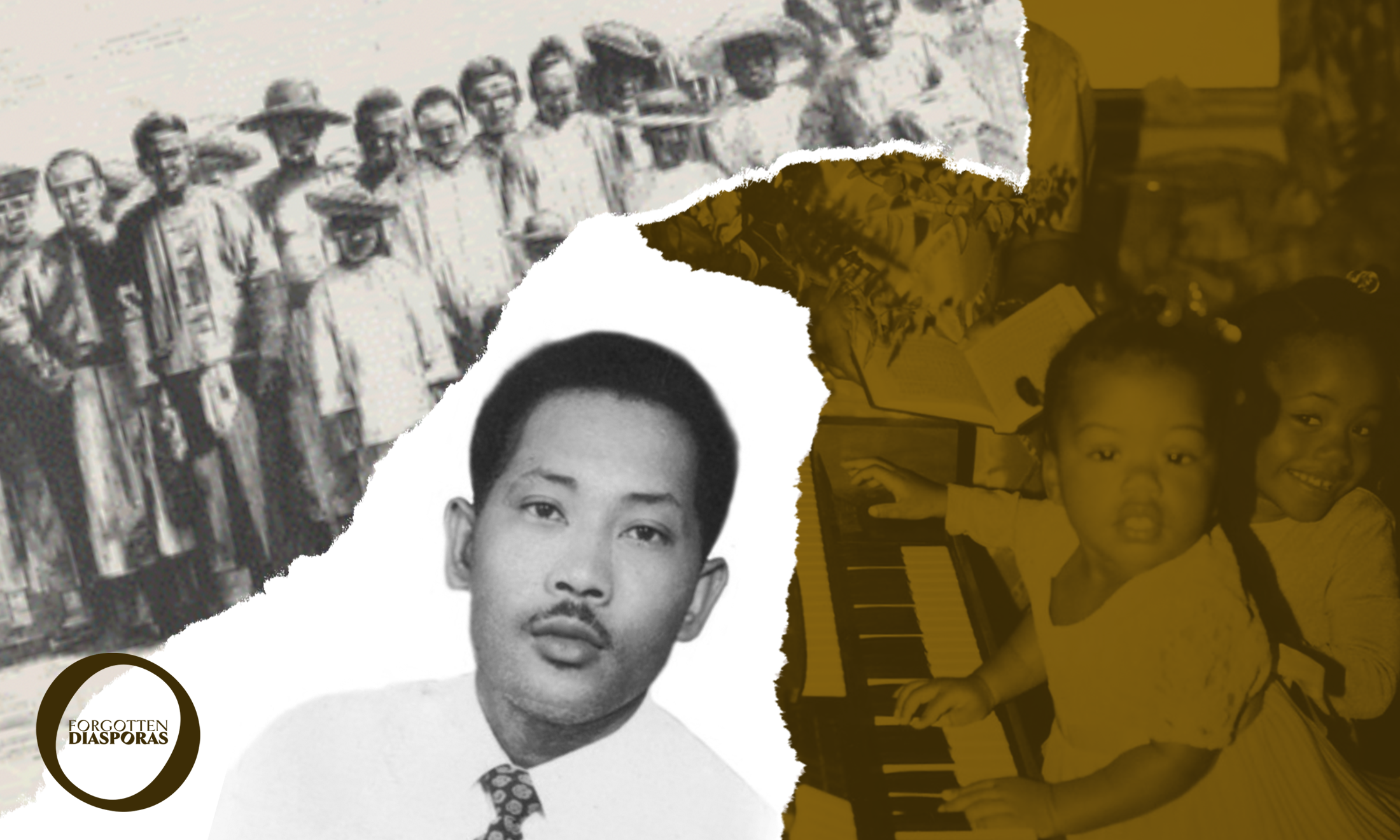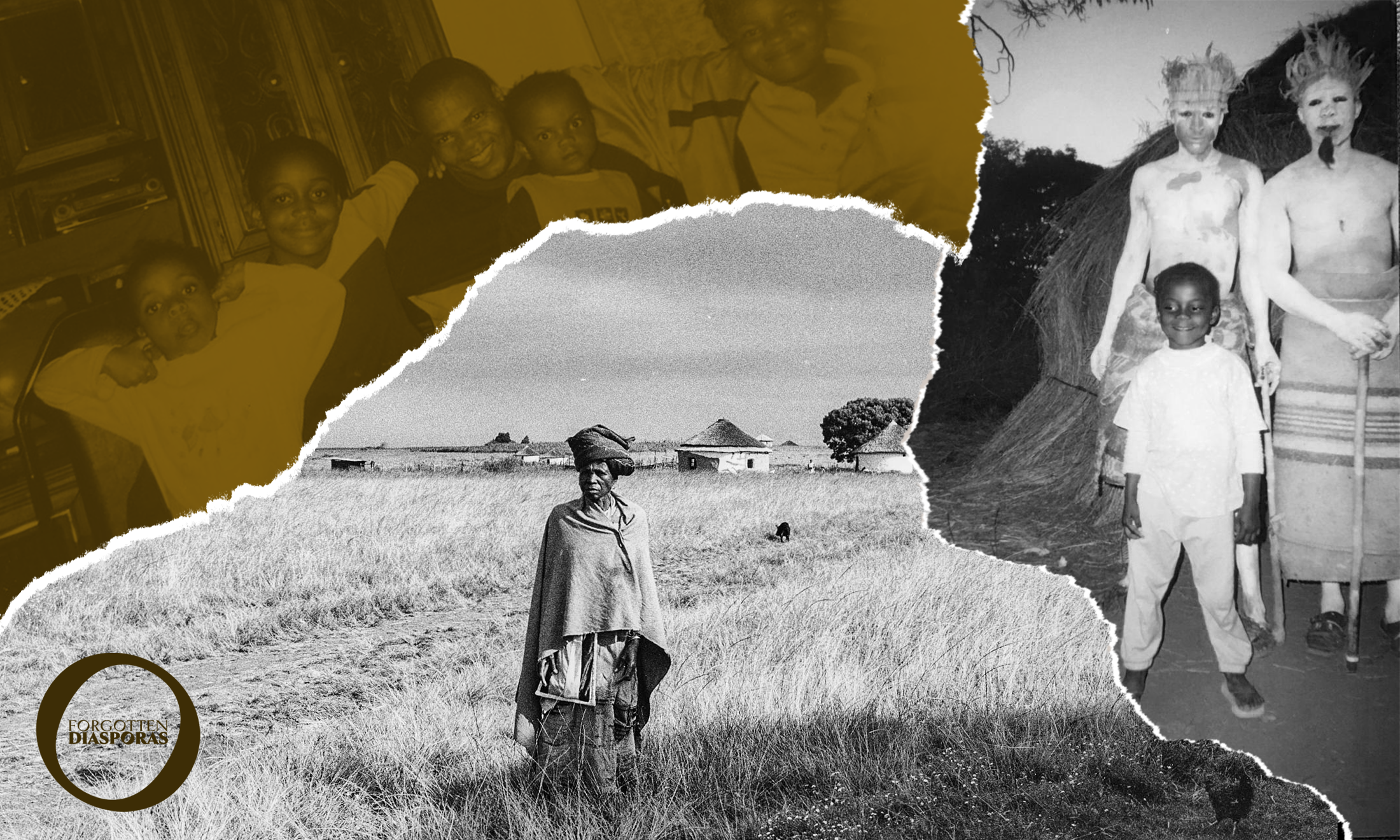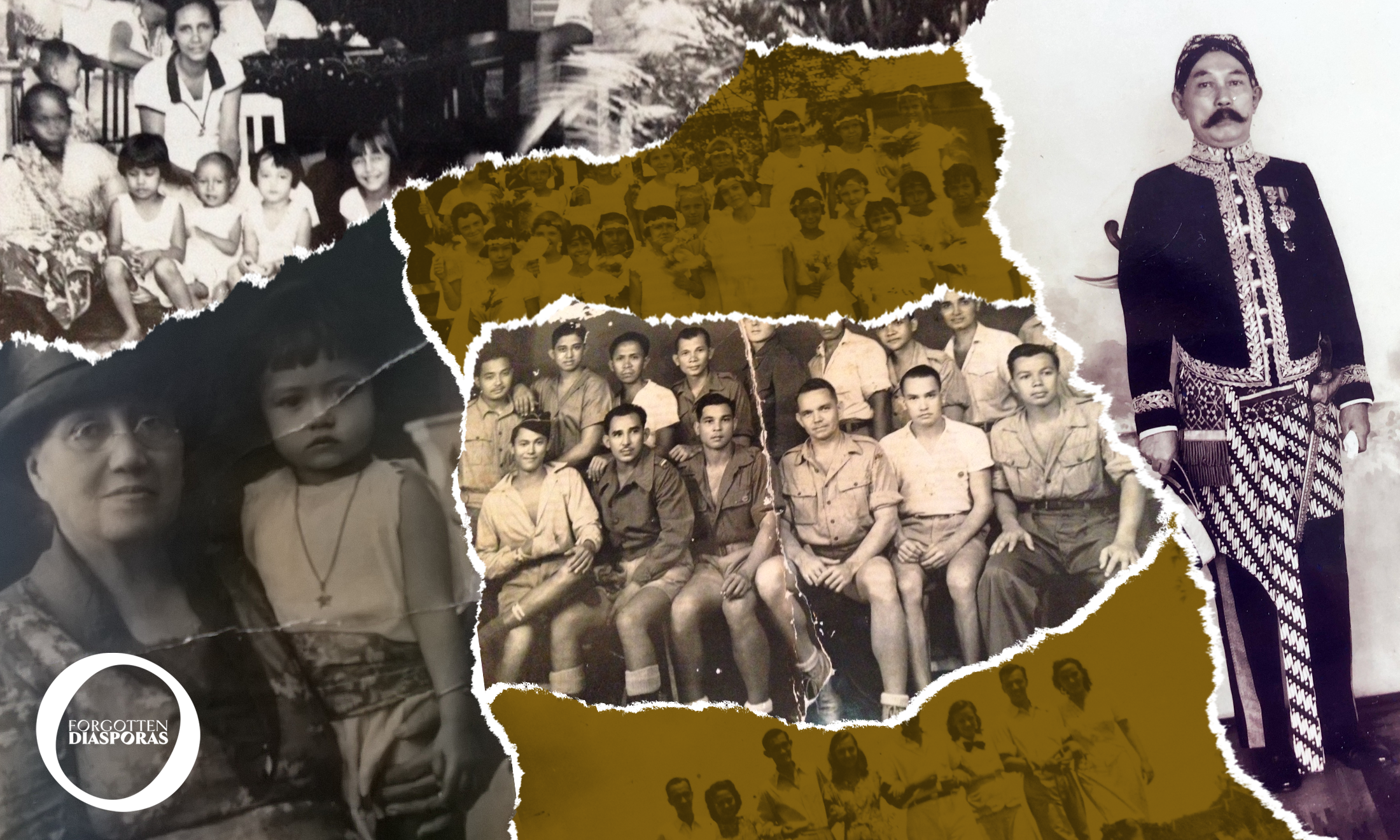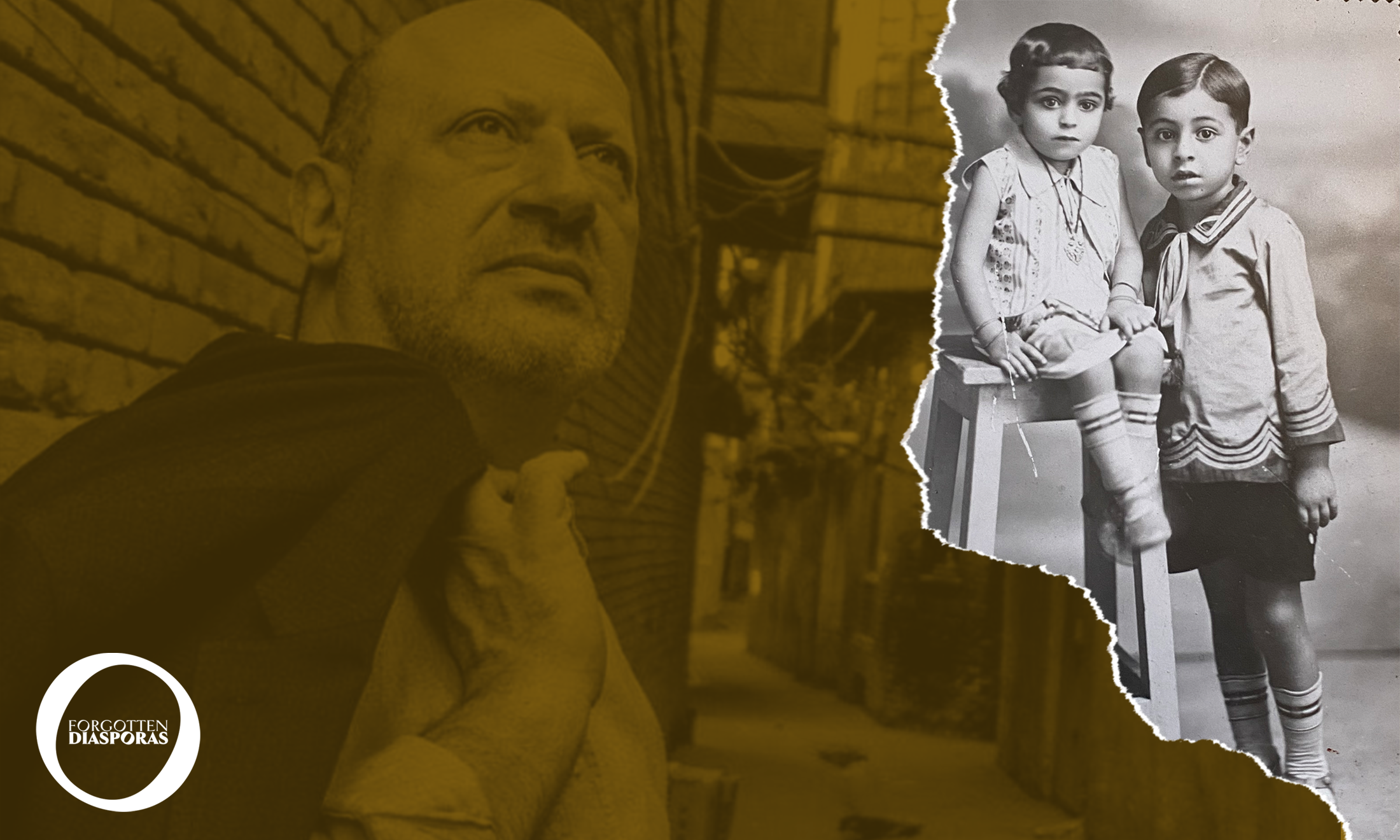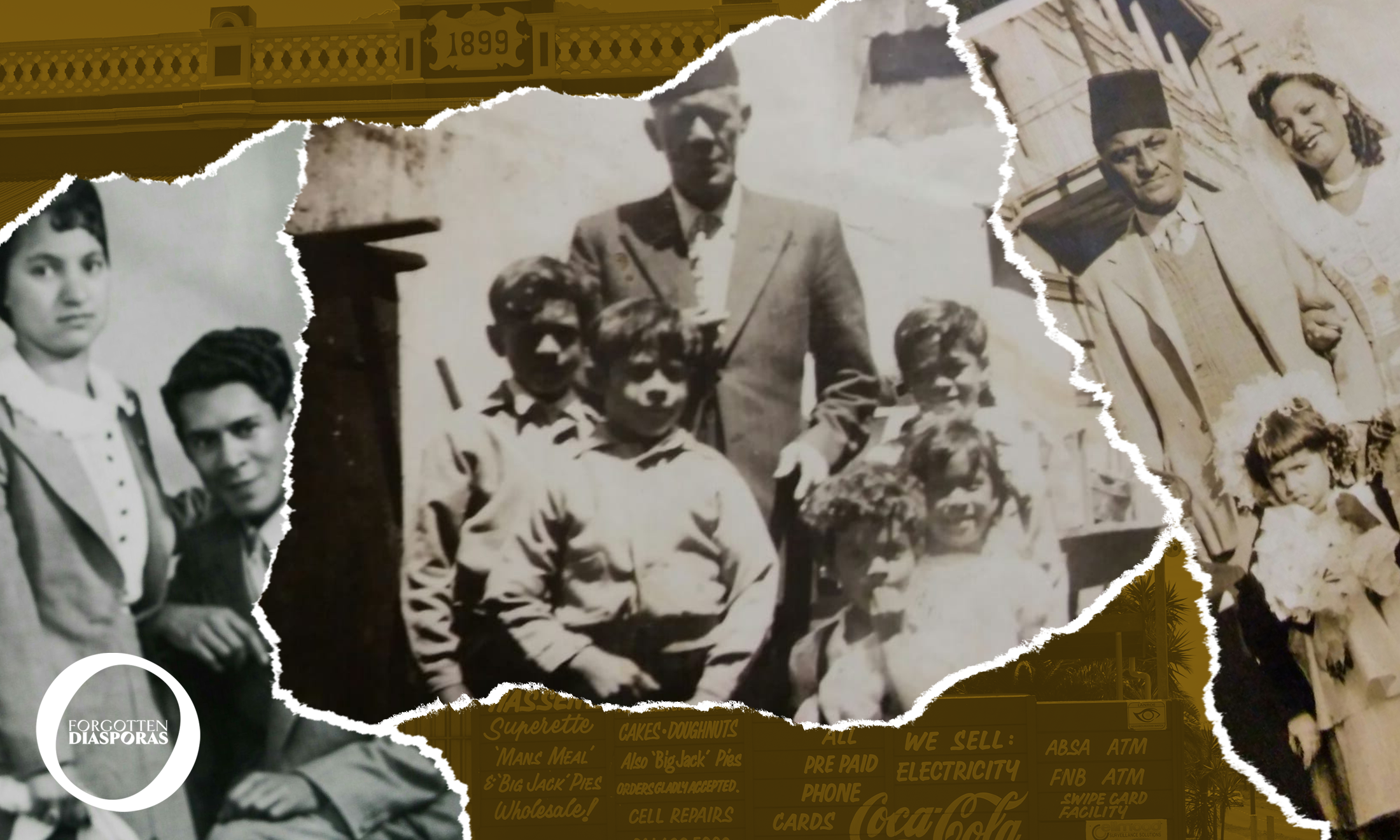
Canva/ Flickr
I lived in a Kalasha village, amongst a fast disappearing community in Pakistan
The protected Kalasha community is shrinking in numbers, why?
Rahma Khan and Editors
06 Oct 2021
Walking past a group of little girls dressed in traditional colourful gowns and caps, I stop to ask them what game they’re playing. Confused, curious, and excited are all the reactions I receive in return, but answers? None. They giggle and run away and I stand there appreciating the panoramic views of the Hindu Kush Mountain range around me.
I am in the Kalasha Valley tucked high up north of the Chitral district, in the Khyber Pakhtunkhwa province in northwest Pakistan. I’ve come to stay at the Brumbret Valley, one of the three major areas where the indigenous ethnic minority of the Kalasha community lives.
I started my journey from Karachi and chose to live in the Kalasha Valley for three weeks during the summer of 2019. I drove for hours through the mountains to reach the off-grid region, to understand and learn more about the community who live in the remotest corner of my country. As a Pakistani myself, I’ve been on a mission to write stories of underrepresented communities in the far-flung corners of my motherland, with an aim to bring tales to light that often fail to make a cut when Pakistan is presented to the global audience.
Who are the Kalasha people?
An ethnic minority in Pakistan, the Kalasha community of almost 5,000 individuals have their own religion, traditions, festivals, cuisine, and clothing. As recently as 2018, they were listed as an Intangible Cultural Heritage by UNESCO to preserve their unique but declining culture. Though they claim to be the descendants of Alexander the Great who migrated centuries ago from Central Asia to settle in the northern mountains of Pakistan some 2,000 years ago, this claim lacks sufficient proof to be authenticated. However, a genetic study has shown traces of Eastern European linkage in the Kalasha DNA and the names of their Gods and deities also resemble the names of many Greek Gods.
The Kalashas do not follow Islam, unlike the 97% of the population of Pakistan. They are animists – worshippers of nature. Some researchers have also referred to their religion as a form of ancient Hinduism. They celebrate three major festivals in a year; Chillam Joshi (spring festival), Uchal (summer festival), and Choimus (winter festival). According to their belief, fairies are sent down by deities to make matches between unmarried men and women of the valley. From this reference, many authors call Kalasha Valley the ‘land of the fairy people’.
Why is the Kalasha community disappearing?
For decades, the community kept its doors shut to outsiders due to fears of being persecuted by religious extremists in Pakistan. During the early to mid-1980s, when international tourism in the country started booming, the gorges of Hindu Kush became of the most anticipated trekking sites for foreign tourists. When tourists reached the Kalash Valley, researchers, scholars, and photographers also followed. This was the time when the Kalasha community was introduced on a mega-scale within Pakistan and internationally. For the ease of access to the valley, road access to Bumbret Valley was built along the Ayun River, which brought in tourists and merchants and created a basic tourism economy for the inhabitants.
Back in the 1980s, the community enjoyed the financial perks that tourism brought to the valley. However, the heightened attention also prompted religious clerics from within Pakistan and the neighbouring Afghanistan region to declare the Kalasha to be ‘kafirs’ (non-believers of Islam). The threat to be unlawfully harmed or killed has forced a lot of Kalasha families to convert to Islam. Members of the Panchayit, an unofficial local administrative group presented me with the stats which showed that approximately seven to nine families convert to Islam each year due to fears of being prosecuted by the Muslim extremists of the neighbouring Ayun valley.
“The threat to be unlawfully harmed or killed has forced a lot of Kalasha families to convert to Islam”
There are several contributing factors to the decreasing numbers of the Kalasha population, including unlawful killings by religious extremists from the neighbouring valleys, and rural-to-urban migration in search of better socio-economic opportunities. Conversion to Islam in the region is another major factor, which has hugely impacted the size of the community.
To this day, the Kalasha community fights to preserve their culture and identity. Over the years, combined efforts from the local community and outsiders have helped in creating cultural awareness and responsible tourism practices. But speaking to women in the Valley revealed that regular incidents of cultural exploitation by the tourists, such as photographing Kalasha women without consent and not respecting the community’s animist beliefs, have continued to add to their struggle. To avoid harassment, most women prefer to celebrate festivities at private family parties and not go to public gatherings.
How the community is preserving their precious culture
The Brumbret Valley, one of the easiest to reach among the rest, has undergone somewhat of a Disneyfication to cater to the high tourist footfall. During my stay, all I saw were restaurants and small cafes offering popular Pakistani snacks and delicacies, yet there were no traces of local food made from mountain berries, walnuts and apricots unique to the valley. Local dishes in the valley are made with locally grown ingredients and help in dealing with altitude sickness and extremely cold winters. Tourism may have helped the locals to build new income streams, but it also seems to have contributed to the neglect of certain parts of Kalasha culture.
It was in the nearby small settlements, outside the main town centre, where I was introduced to the real Kalasha culture that I read about in my research. My accommodation host, Bibi, was a great cook and baked a walnut bread called ‘Bilili’. Walnut is a staple ingredient in the Kalasha cuisine, used in both sweet and savoury dishes. All the walnut dishes are mostly prepared during festivals or special occasions. Bibi served me Bilili saying it is her expression of hospitality to welcome guests from outside of the valley. Another snack I was offered in every Kalasha house I went to was Goluk, a deep-fried cottage cheese ball. Bibi was understandably very possessive about her indigenous recipes and, like others, refused to disclose the secret ingredients she kept hidden in a small box behind her stove.
“Hospitality is deep-rooted in the community”
Hospitality is deep-rooted in the community. Every household has its own small farm and they grow their crops organically, which are then sold in the bigger towns such as Chitral in northern Pakistan. Due to the fertile soil of the valley, the farming and agricultural opportunities have much potential. Yet, due to the absence of modern agricultural tools and knowledge of effective farming techniques, harvests are low in volume.
I was lucky enough to live with some of the families in the village, and at times, spend the entire day helping them go about their daily lives and indulge in conversations about their cultural practices. One of the families introduced me to the concept of Bashaleni – a village menstrual building, where all Kalasha women spend their menstruating days until they gain back their ‘purity’ at the end of the cycle. It is also the place for childbirth where a purification ceremony is performed before the woman goes back to her husband.
Bibi also generously gifted me a beautiful Kalasha dress called ‘Chogha’, worn by women and children. The ‘Chogha’ is a long black gown with intrinsic colourful embroidery and patterns. It is matched with a coloured cap. I was grateful to receive such a gift but it was a bittersweet feeling due to growing concerns that these dresses may not get passed down to the next generation. As many Kalasha women move to the cities for a ‘normal’ life, they may also feel forced to leave their culture behind. However, the young women I spoke to insist that even if they move to the city, they won’t abandon their cultural practices and will make sure to pass them on to their children.
My stay in the valley made me understand why the Kalasha are a protected minority. From the unique dressing customs to the local cuisine, in all my years of travel writing, I had never experienced a culture so special.
What next for the Kalasha community?
The Kalasha community has been deprived of basic civil rights in Pakistan for decades. Until 2020, the group did not have any representation in Pakistan’s legislative assembly. After decades of fighting for their civil rights, until the last few years, there was not a single law protecting the land ownership and property rights of the Kalashas in their own valley. The recent upsurge in tourism has been a strong force in persuading the authorities to take steps for preserving the fast-fading Kalasha culture. In 2020, the provincial government established the Kalash Valleys Development Authority (KVDA) under minority affairs to preserve the Kalasha culture. This included recognition of the Kalasha marriage system and mass restrictions on who can purchase Kalasha land.
But what happens to the Kalasha now? Limited access to the valley during Covid-19 has further threatened community numbers because tourism sustains the local economy. And though younger generations of Pakistanis are much more informed on diversity, and the provincial government is doing more to protect the minority group, it seems there’s a lot more to be done to not only preserve the Kalashas’ unique history but to also let the community’s future flourish.

